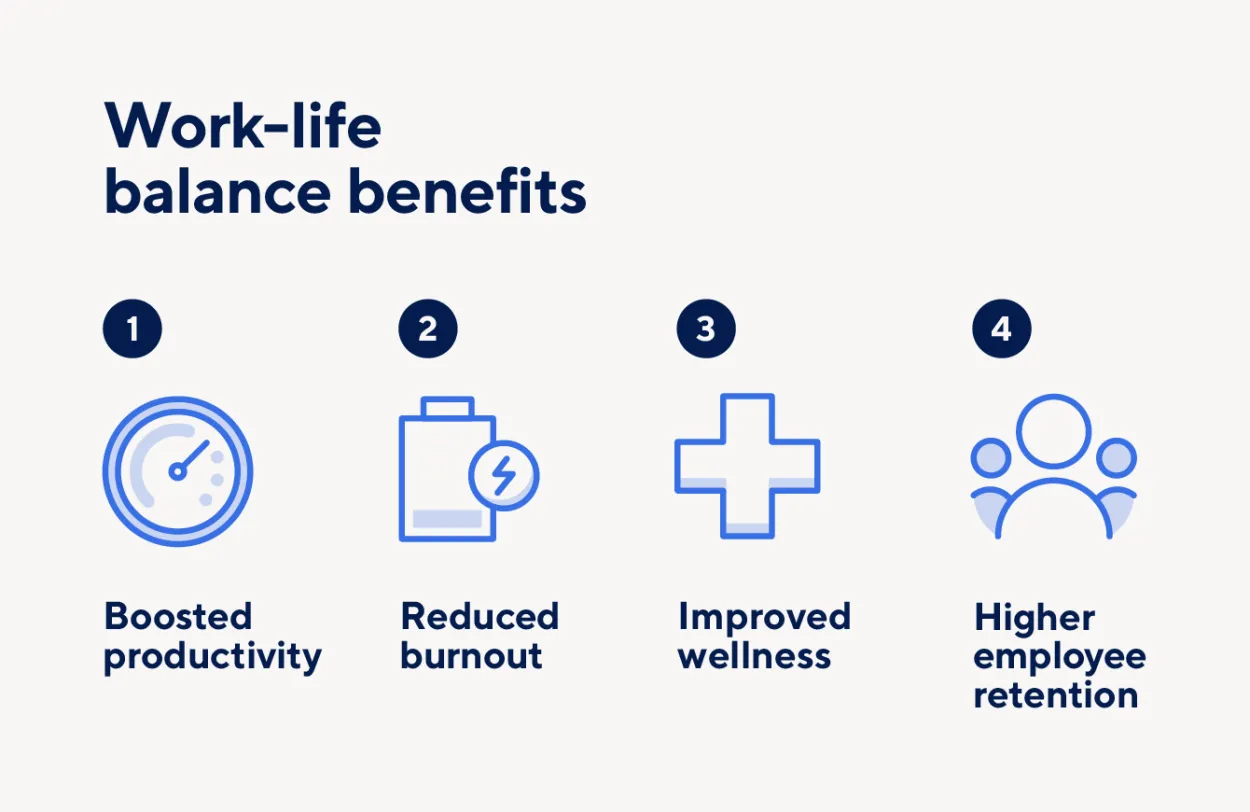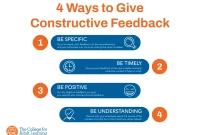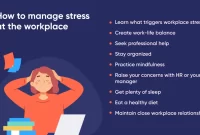Striking a balance between work and personal life can be a challenge in today’s fast-paced world. In this article, we will share valuable tips to enhance employee well-being, promoting a harmonious integration of work and personal life.
Establishing Boundaries
When it comes to balancing work and life, establishing boundaries is crucial for maintaining employee well-being. In today’s fast-paced and interconnected world, it can be challenging to separate work life from personal life. However, by setting clear boundaries, employees can protect their mental health, maintain work-life harmony, and ultimately improve overall well-being.
Creating Physical Boundaries
One effective way to establish boundaries is by creating physical separation between work and personal spaces. This can be achieved by setting up a dedicated workspace at home or making sure to leave the office environment behind at the end of the workday. By physically separating work and personal areas, individuals can reduce feelings of being constantly “on” and create a better sense of balance.
Setting Clear Expectations
It is essential for both employees and employers to communicate and establish clear expectations regarding working hours and availability. By defining specific work hours and outlining acceptable communication times, employees can avoid feeling obligated to be constantly connected. Setting boundaries around work-related communication helps avoid burnout and allows individuals to recharge during personal time.
Learning to Say No
Learning to say no is a valuable skill when it comes to maintaining a healthy work-life balance. Saying no to excessive workloads or nonessential tasks that intrude on personal time is vital for avoiding overwhelm and stress. By setting limits on what can be realistically accomplished, employees can prioritize their well-being and ensure a better balance between their professional and personal lives.
Creating Technology-Free Time
In today’s digital age, it is easy to be constantly connected to work through our devices. To establish boundaries, it is essential to create technology-free time. This can be achieved by setting specific periods during the day or week where individuals disconnect from their devices and focus solely on personal activities and relationships. By disconnecting from work-related technology, employees can rejuvenate, engage with their loved ones, and enjoy personal hobbies.
Prioritizing Self-Care
Lastly, it is crucial for employees to prioritize self-care. By taking care of their physical and mental well-being, individuals can better manage the demands of work without sacrificing their personal lives. This can include regular exercise, getting enough sleep, practicing mindfulness or meditation, and engaging in activities that bring joy and relaxation.
Time Management Strategies
In today’s fast-paced world, finding a balance between work and personal life can be challenging. However, with effective time management strategies, employees can improve their well-being and maintain a healthy work-life balance. Here are some helpful tips:
Prioritize tasks
Start each day by identifying the most important tasks that need to be done. Create a to-do list and prioritize the tasks based on their deadlines and significance. This will help you stay focused and ensure that you complete the crucial tasks on time.
Set realistic goals
While it’s great to be ambitious, it’s also important to set realistic goals. Avoid overloading yourself with too many tasks that can lead to burnout. Instead, set achievable targets that align with your capabilities and available resources.
Avoid multitasking
Contrary to popular belief, multitasking can actually decrease productivity and increase stress levels. Instead, focus on one task at a time and give it your full attention. This will help you complete tasks more efficiently and reduce the chances of errors.
Delegate tasks
Learn to delegate tasks whenever possible. Identify your strengths and weaknesses, and assign tasks to team members who are better suited for them. This not only helps in workload distribution but also allows you to focus on tasks that require your expertise.
Take regular breaks
It’s essential to take regular breaks throughout the day to recharge and avoid burnout. Short breaks can improve focus and productivity. Consider incorporating activities like stretching, walking, or deep breathing exercises to reset your mind and maintain energy levels.
Learn to say no
It’s important to set boundaries and learn to say no when necessary. Overcommitting yourself can lead to excessive stress and negatively impact your well-being. Assess your workload and prioritize your personal time by politely declining tasks that you realistically cannot handle.
Manage distractions
Identify and minimize distractions in your work environment. Turn off notifications on your phone or computer, close unnecessary tabs on your browser, and communicate your availability to colleagues. By eliminating distractions, you can stay focused and complete tasks more efficiently.
Practice self-care
Finally, make self-care a priority. Engage in activities that help you relax and rejuvenate, such as exercising, reading, or spending time with loved ones. Taking care of your physical and mental well-being is crucial for maintaining a healthy work-life balance.
Promoting Work-Life Integration
In today’s fast-paced and demanding work environment, achieving a healthy balance between work and personal life has become increasingly challenging. However, by embracing work-life integration, employees can enhance their overall well-being and achieve a sense of fulfillment in both professional and personal aspects of their lives.
Setting Clear Boundaries
One key element of work-life integration is setting clear boundaries between work and personal life. This involves establishing designated work hours and sticking to them as much as possible. By doing so, employees can ensure they have dedicated time for their personal lives, which is essential for maintaining a healthy work-life balance.
Flexible Work Arrangements
Companies can promote work-life integration by offering flexible work arrangements such as telecommuting or flexible schedules. This allows employees to have better control over their time and enables them to fulfill personal responsibilities while still meeting work demands.
Encouraging Time Off
Employers should encourage employees to take regular time off, including vacations and personal days. Taking breaks from work is crucial for recharging and rejuvenating, ultimately boosting productivity and overall well-being.
Promoting Health and Wellness
Supporting employees’ health and wellness is also an important aspect of work-life integration. Companies can provide wellness programs, gym memberships, or mental health resources to help their employees maintain a healthy work-life balance.
Open Communication and Supportive Culture
Creating an open and supportive work environment is vital for work-life integration. Employers should foster a culture that encourages honest communication, provides resources for work-life balance, and supports employees’ personal needs.
Conclusion
In today’s fast-paced work environment, maintaining a healthy work-life balance is essential for the well-being of employees. By implementing these tips such as setting boundaries, prioritizing self-care, and using technology responsibly, individuals can achieve a harmonious balance between work and personal life, leading to increased productivity and overall happiness.




